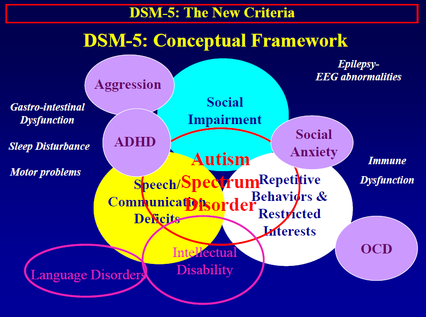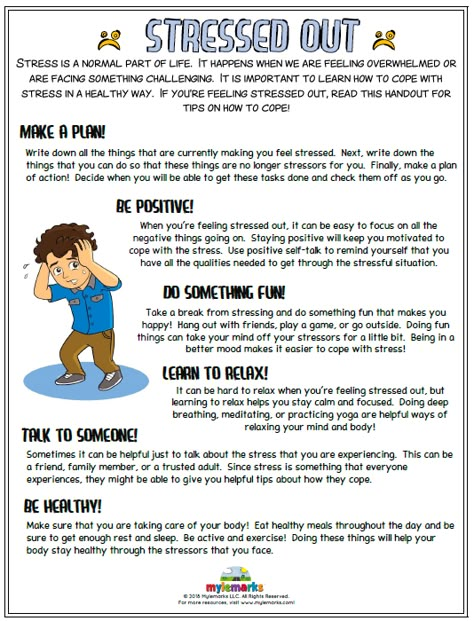How to find affordable therapy
6 Strategies for Finding Affordable or Free Therapy in Your Area
Mental Health and Wellbeing
Try these tips for finding affordable, or even free, therapy—online or in person—with the right therapist. Prioritize your mental health with support that won't break your bank account.
Kathleen Smith, PhD, LPC
How Can I Find A Psychologist, Psychiatrist, or Therapist I Can Afford?
Social workers with a masters degree (MSW), licensed clinical social workers (LCSWs), psychologists (four to six years of training and study to earn a doctoral degree such as a PhD or PsyD) and psychiatrists (medical doctors who attend medical school to earn an MD and specialize in psychiatry) can all administer psychotherapy but for the most part, only MDs and NPs (nurse practitioners) can prescribe medication to treat mental illness.
The level of training is usually reflected in their fees and unfortunately—even if you have health insurance—many insurance companies do not cover the costs of therapy.
When searching for a counselor it's easy to become discouraged by the choices, the costs, and unfortunately the lack of availability in some parts of the country. Out of pocket therapy typically costs anywhere from $100 to $200, with costs on the higher end in urban areas (expensive cities like San Francisco and New York, for example). Don't let the process tempt you to end the hunt and find other ways to cope with life.
It's true lifestyle changes such as getting enough sleep and regular exercise can be enormously beneficial for your mental health, but meeting regularly with a mental health professional can be an invaluable resource.
Don’t give up on connecting to a counselor before you take a closer look at what’s available online, through little-known programs your employer may offer, and within your own community.
Affordable Therapy Options: 5 Things You Can Do Right Now
During the pandemic, online therapy exploded and many of us received treatment from the comfort of our own homes.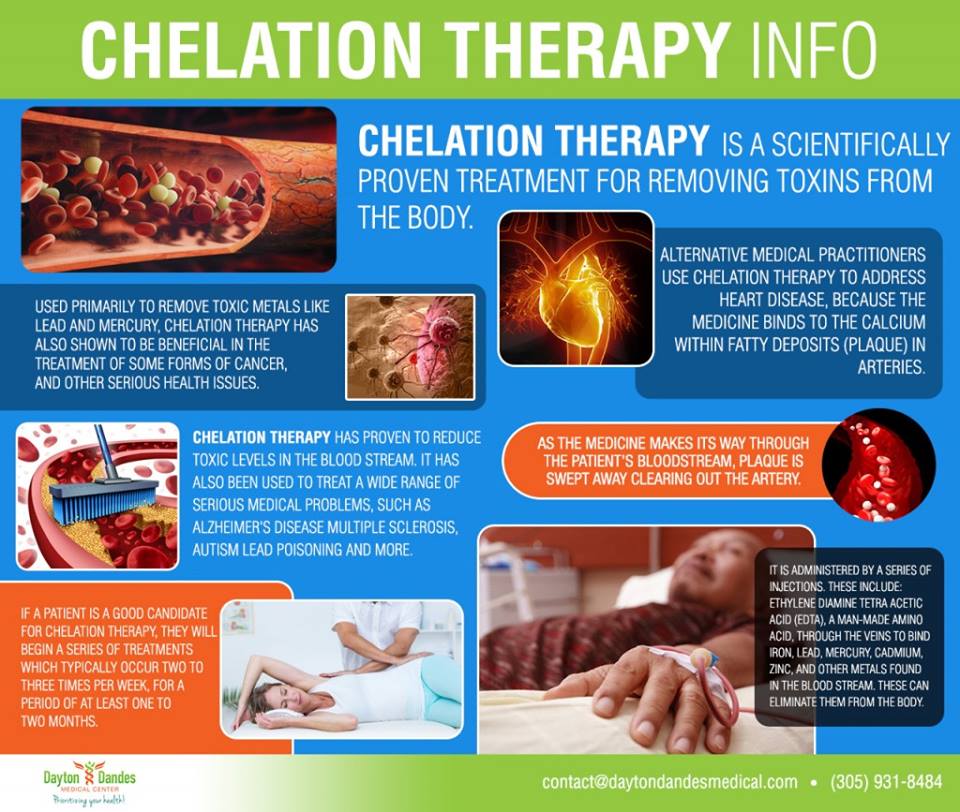 Support groups, both online and in-person, and peer counseling are typically more affordable options where you work through challenges related to addiction and other mental health struggles with people (peers) who have lived through similar experiences. And you may even find free therapy services in your neighborhood.
Support groups, both online and in-person, and peer counseling are typically more affordable options where you work through challenges related to addiction and other mental health struggles with people (peers) who have lived through similar experiences. And you may even find free therapy services in your neighborhood.
Let’s take a look at a couple of strategies for finding affordable therapy with the right therapist. Don’t be discouraged if you don’t find the right therapist at your first appointment. It can take a few attempts to find the right fit.
#1. Check with Your Insurance CompanyBefore you pay out-of-pocket for therapy, always check with your insurance provider for local therapists that may take your insurance. You may have a very small co-pay and not know it, so it never hurts to confirm with your provider.
If you have out-of-network benefits, many therapists can also provide you with paperwork that you can submit to your provider for reimbursement.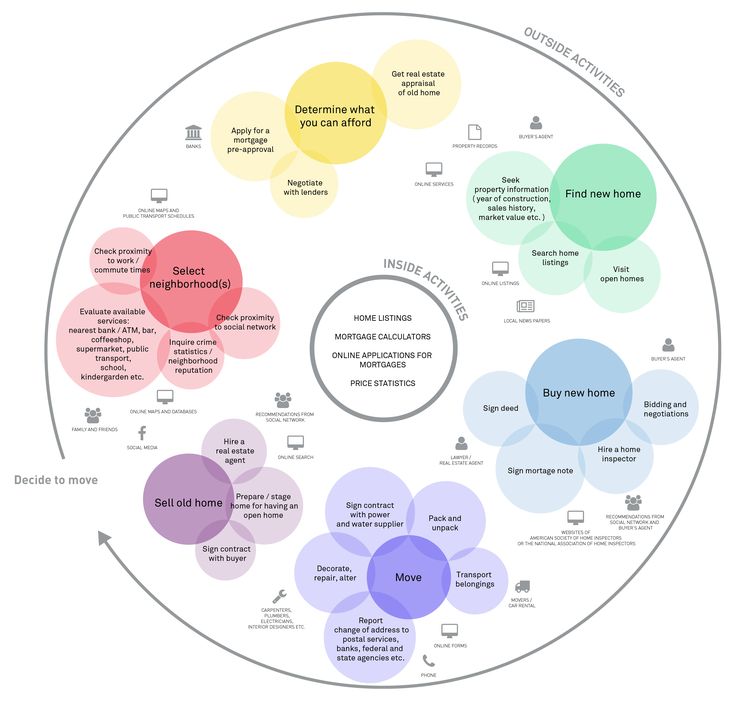 Just make sure that the reimbursement rate is worth paying out of pocket.
Just make sure that the reimbursement rate is worth paying out of pocket.
As employee burnout has increased, many employers are taking note. Some companies provide a little-known benefit called an employee assistance program or EAP. If you aren't sure if your company has this benefit, it makes sense to investigate.
If your employer has an EAP, you may qualify for a limited number of free counseling sessions. Many employees are hesitant to ask about counseling at work, but your therapist will keep your information confidential.
Employers want their employees to take advantage of the services they offer and to practice good self-care, so talk with your human resources (HR) representative about EAP services. These services might also include additional wellness classes or other resources in addition to therapy.
If you’re concerned that your counseling appointments might be recorded in your personnel file, ask your HR representative about confidentiality policies regarding EAP programs.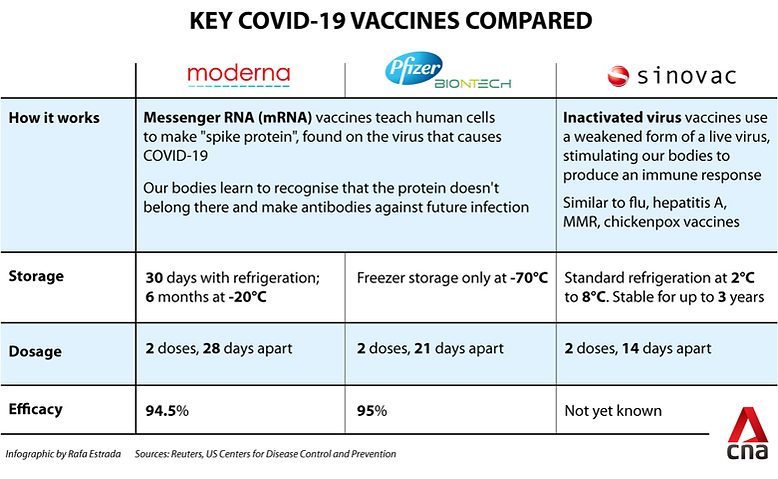
If you live in a city or a college town, universities are often the best place to get low-cost (or even free) therapy. If you’re a student, you’re usually entitled to at least a few sessions with a campus psychologist or counselor. But almost any university will have a graduate training clinic where students are learning to be therapists or psychologists. These clinics are usually open to the public, and they offer sliding scales fees that can be as low as $1.
Don’t feel nervous about meeting with a graduate student who’s learning the ropes. They’re working under the supervision of experienced professionals, and they’re likely to dedicate more time to thinking about how to help you than a seasoned professional with a full caseload. If you feel more comfortable working with a counselor of a specific gender or race, most university clinics will make an effort to match you with your preference.
#4. Ask Potential Therapists if They Offer Pro-Bono ServicesYou have nothing to lose by emailing a few expensive therapists and asking them if they offer a sliding scale fee based on income or do pro-bono work.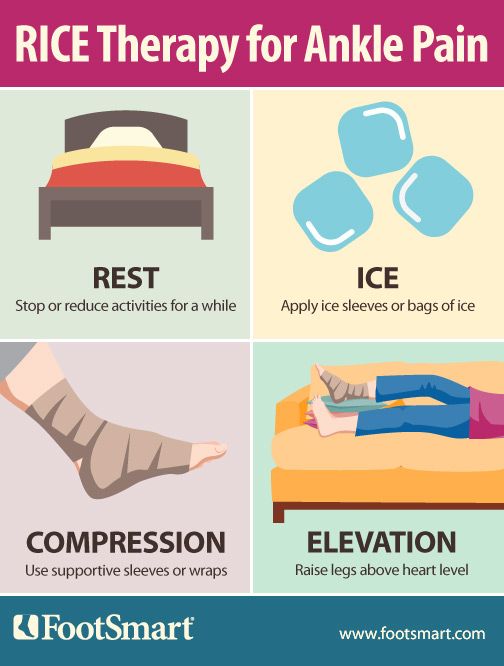 The ethical codes of most mental health professionals strongly suggest that they take on at least one or two pro bono clients to serve the public. And even if they say no, they’re likely to have good referral information about community clinics and other low-cost options in your community.
The ethical codes of most mental health professionals strongly suggest that they take on at least one or two pro bono clients to serve the public. And even if they say no, they’re likely to have good referral information about community clinics and other low-cost options in your community.
Even if you live in a small community, you might be surprised by the mental health resources that may be available to you. Community centers, hospitals, schools, and places of worship sometimes offer free or low-cost counseling. Many community organizations also host peer-support groups (groups run by people facing the same issues) and recovery groups which can provide additional care.
If you’re unsure where to get started, you can call 211 (a government-established hotline that connects people to community or government agencies) or a local clinic.
Chances are someone will be able to connect you to the right resources. Also, if you’ve been diagnosed with a mental illness, you may qualify for psychiatric and behavioral health services from your state. Contact your state’s department of health to see if you qualify for these services.
Contact your state’s department of health to see if you qualify for these services.
If there aren’t a lot of resources in your community, don’t hesitate to try out an online telehealth service. These services can help you flesh out thoughts and concerns you might have before seeking therapy, and many sites will match you with counselors who are a good fit for you.
Here, some online options to investigate:
OpenPath Psychotherapy Collective, a non-profit nationwide network of mental health professionals dedicated to providing in-office and online mental health care—at a steeply reduced rate—to individuals, couples, children, and families in need. OpenPath works through a one-time membership fee of $59.00.
Better Help's mission, according to the company's website, is to "make professional counseling accessible, affordable, convenient—so anyone who struggles with life’s challenges can get help, anytime, anywhere." The service connects individuals, couples, and the parents of struggling teenagers with therapists all over the country.
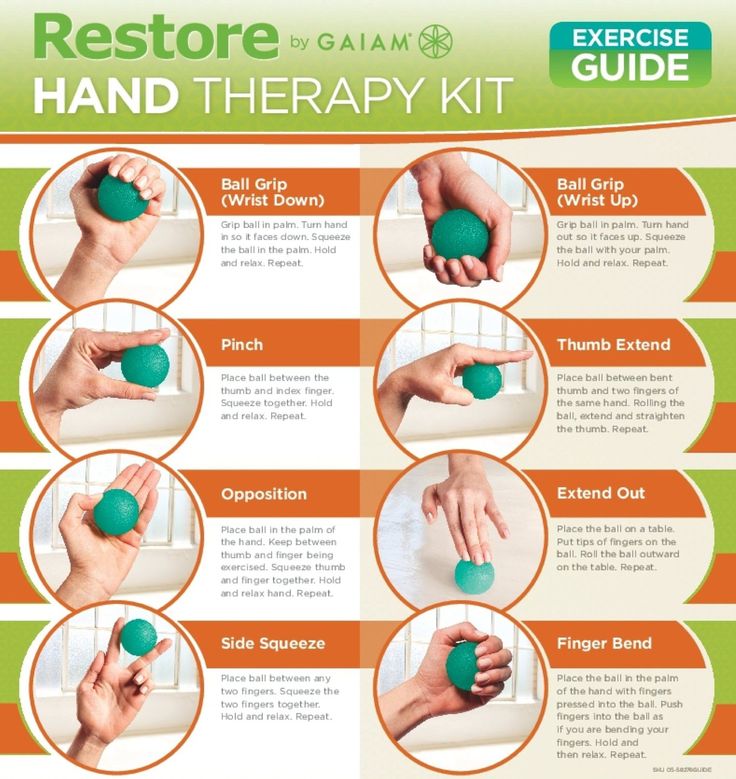
Teen Counseling offers counseling by text, phone, or video through a network of 6,000 licensed therapists who "help teens thrive". The website has content for both teens and parents including FAQs, questionnaires, and consent forms (for teens), and reviews of therapists.
If you’re experiencing a crisis, never hesitate to call a hotline and share what’s going on with you. If you aren’t sure what hotline to call, you can always call 211.
When it comes to searching for a therapist, don’t be discouraged on day one. Having conversations with local resources, your employer, your insurance company, and online resources can help direct you towards the right therapist for you. You don’t have to jeopardize your bank account to prioritize your mental health and your future.
Affordable Therapy FAQs
It’s important to make your mental health a priority, but looking for a therapist you can actually afford can feel discouraging. Don’t give up. There are a variety of resources out there where you can get help. *Answers provided by Ryan Howes, PhD, a clinical psychologist in Pasadena, California, and Nancy Ruddy, PhD, a clinical psychologist who practices in San Jose, California.
*Answers provided by Ryan Howes, PhD, a clinical psychologist in Pasadena, California, and Nancy Ruddy, PhD, a clinical psychologist who practices in San Jose, California.
What is a reasonable cost for therapy?
The cost of therapy will vary from person to person based on their means and the necessity of the treatment, says Howes. “Wealthy people with plenty of savings and disposable income will find that therapy for hundreds of dollars per session is reasonable,” she says. “Someone who is out of work and in debt may find any fee to be excessive.”
You could say that a reasonable cost for therapy is an amount that represents a fair fee for the service the therapist provides. Howes says. And the cost is reasonable when it is an amount that the clients can pay without negative consequences to their lives. How much you may need therapy also comes into play. If someone is experiencing such debilitating symptoms of Post Traumatic Stress Syndrome (PTSD) that they cannot hold a job, they may place a high value on therapy that could potentially help them regain the ability to function, Howes says. “On the other hand, a student coming to therapy to decide whether or not to take a semester abroad may find therapy expendable,” she explains.
“On the other hand, a student coming to therapy to decide whether or not to take a semester abroad may find therapy expendable,” she explains.
How much does therapy cost out of pocket?
Fees can range from free to hundreds of dollars per session, Howes says. High-end private practice therapists with doctoral degrees in urban areas often charge more, she says. Community clinics, rural area therapists, and therapists with a master’s degree tend to charge less. “The rate depends on the level of training, the areas of expertise, and the setting in which therapy is provided,” says Howes.
A Los Angeles private practice therapist with a doctoral degree may see clients for $200 or more per session, while local community clinics may see clients for around $50 per session. And, Howes adds, clinics staffed by supervised graduate students may see their clients for a smaller fee.
How do I get completely free therapy?
Check to see if there are any mental health clinics in your area that offer a “sliding fee” scale, Ruddy advises.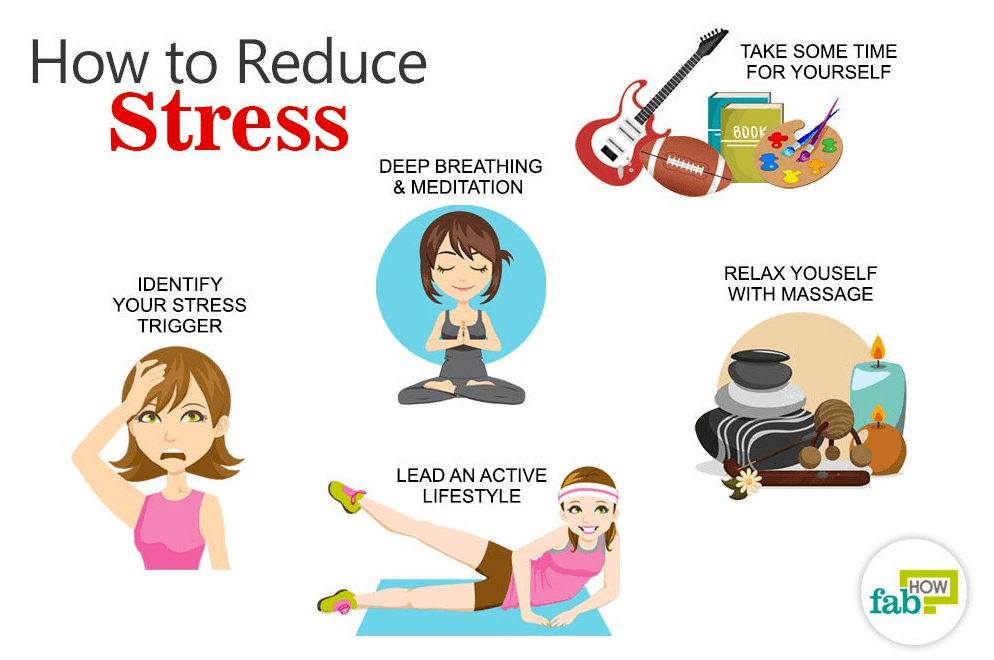
A “sliding fee” scale is a pay scale based on your ability to pay. “Typically, these clinics are publicly funded,” Ruddy says. Many counties have a county mental health service, she explains, so consider asking your local public health authority about this. If there is a college or university in your area that trains mental health professionals, they may have a training clinic that offers reduced-fee services. “While you would most likely work with a student therapist, they would be receiving supervision from a licensed clinician,” Ruddy explains.
What do I do if I can't afford therapy?
Look for clinics that offer a sliding fee scale, Ruddy says. Some people find peer support groups helpful, and some healthcare systems offer peer support programs that are free or nearly free. “Some people find mental health apps helpful, too,” Ruddy says. “Some of these apps have a specific target issue, like depression, or anxiety. Others are more akin to a psychotherapy chat box.”
Some individuals find free groups run through churches and community centers, Howes explains. Or you can reach out to the Substance Abuse and Mental Health Services Administration (SAMHSA) or the National Alliance on Mental Illness (NAMI) to find additional resources in your community, Howes says. 1,2
Or you can reach out to the Substance Abuse and Mental Health Services Administration (SAMHSA) or the National Alliance on Mental Illness (NAMI) to find additional resources in your community, Howes says. 1,2
Are therapists worth it?
This is a very individual decision, Ruddy explains. Bear in mind that it can take some time to see the benefits of therapy. “The real question is how much mental health is worth to you,” Howes says. “If achieving a deeper understanding of yourself, gaining control of thoughts and behaviors, and learning to navigate relationships is of value to you, then therapy may be a worthwhile investment to make in yourself.” Howes says that not every therapist will be a good fit for every client. “Shop around when you’re getting started to make sure you feel a good connection to the therapist,” she says. “If you are invested in making changes in your life, and you feel like your therapist will be a helpful part of that journey, then therapy is one of the best investments you will ever make.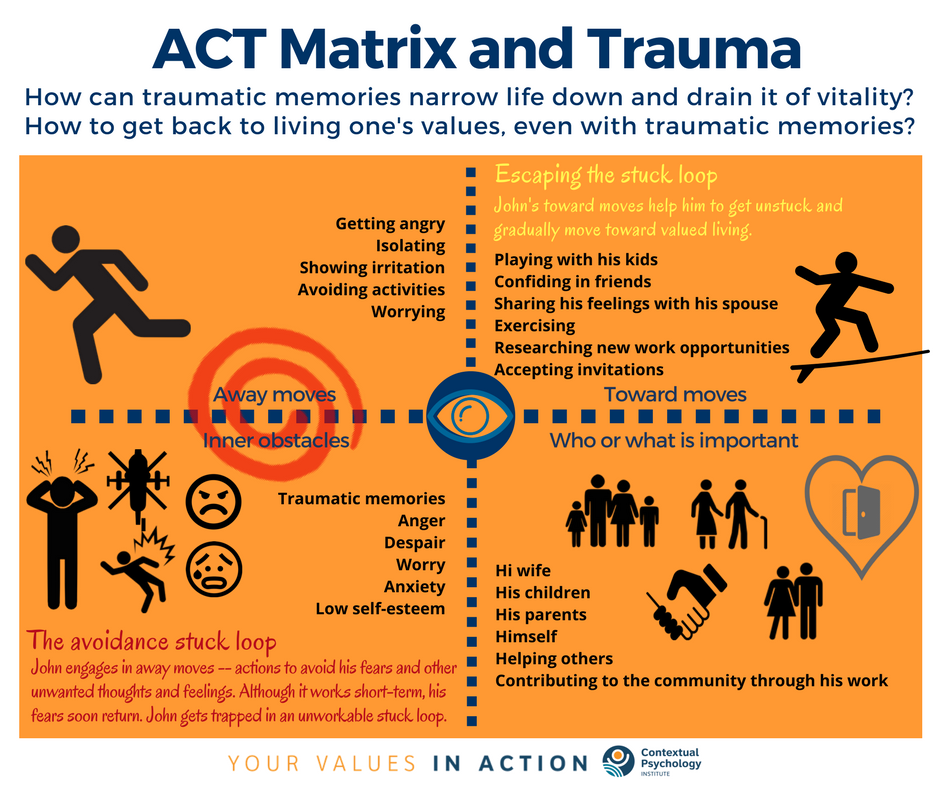 ”
”
- Substance Abuse and Mental Health Services Administration. National Helpline: 1-800-662-HELP. Available at: https://www.samhsa.gov/find-help/national-helpline. Last page update September 21, 2021. Accessed October 29, 2021.
- National Alliance on Mental Illness (NAMI) Helpline. Available at: https://nami.org/help. Accessed October 29, 2021.
Notes: This article was originally published October 28, 2021 and most recently updated February 1, 2022.
6 Strategies for Finding Affordable or Free Therapy in Your Area
Mental Health and Wellbeing
Try these tips for finding affordable, or even free, therapy—online or in person—with the right therapist. Prioritize your mental health with support that won't break your bank account.
Kathleen Smith, PhD, LPC
How Can I Find A Psychologist, Psychiatrist, or Therapist I Can Afford?
Social workers with a masters degree (MSW), licensed clinical social workers (LCSWs), psychologists (four to six years of training and study to earn a doctoral degree such as a PhD or PsyD) and psychiatrists (medical doctors who attend medical school to earn an MD and specialize in psychiatry) can all administer psychotherapy but for the most part, only MDs and NPs (nurse practitioners) can prescribe medication to treat mental illness.
The level of training is usually reflected in their fees and unfortunately—even if you have health insurance—many insurance companies do not cover the costs of therapy.
When searching for a counselor it's easy to become discouraged by the choices, the costs, and unfortunately the lack of availability in some parts of the country. Out of pocket therapy typically costs anywhere from $100 to $200, with costs on the higher end in urban areas (expensive cities like San Francisco and New York, for example). Don't let the process tempt you to end the hunt and find other ways to cope with life.
It's true lifestyle changes such as getting enough sleep and regular exercise can be enormously beneficial for your mental health, but meeting regularly with a mental health professional can be an invaluable resource.
Don’t give up on connecting to a counselor before you take a closer look at what’s available online, through little-known programs your employer may offer, and within your own community.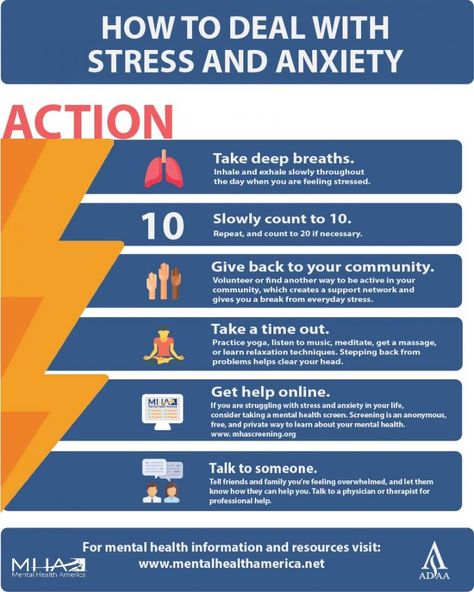
Affordable Therapy Options: 5 Things You Can Do Right Now
During the pandemic, online therapy exploded and many of us received treatment from the comfort of our own homes. Support groups, both online and in-person, and peer counseling are typically more affordable options where you work through challenges related to addiction and other mental health struggles with people (peers) who have lived through similar experiences. And you may even find free therapy services in your neighborhood.
Let’s take a look at a couple of strategies for finding affordable therapy with the right therapist. Don’t be discouraged if you don’t find the right therapist at your first appointment. It can take a few attempts to find the right fit.
#1. Check with Your Insurance CompanyBefore you pay out-of-pocket for therapy, always check with your insurance provider for local therapists that may take your insurance. You may have a very small co-pay and not know it, so it never hurts to confirm with your provider.
If you have out-of-network benefits, many therapists can also provide you with paperwork that you can submit to your provider for reimbursement. Just make sure that the reimbursement rate is worth paying out of pocket.
#2. Find Out if Your Employer Has An Employee Assistance Program (EAP)As employee burnout has increased, many employers are taking note. Some companies provide a little-known benefit called an employee assistance program or EAP. If you aren't sure if your company has this benefit, it makes sense to investigate.
If your employer has an EAP, you may qualify for a limited number of free counseling sessions. Many employees are hesitant to ask about counseling at work, but your therapist will keep your information confidential.
Employers want their employees to take advantage of the services they offer and to practice good self-care, so talk with your human resources (HR) representative about EAP services. These services might also include additional wellness classes or other resources in addition to therapy.
If you’re concerned that your counseling appointments might be recorded in your personnel file, ask your HR representative about confidentiality policies regarding EAP programs.
#3. Call Your Local UniversityIf you live in a city or a college town, universities are often the best place to get low-cost (or even free) therapy. If you’re a student, you’re usually entitled to at least a few sessions with a campus psychologist or counselor. But almost any university will have a graduate training clinic where students are learning to be therapists or psychologists. These clinics are usually open to the public, and they offer sliding scales fees that can be as low as $1.
Don’t feel nervous about meeting with a graduate student who’s learning the ropes. They’re working under the supervision of experienced professionals, and they’re likely to dedicate more time to thinking about how to help you than a seasoned professional with a full caseload. If you feel more comfortable working with a counselor of a specific gender or race, most university clinics will make an effort to match you with your preference.
You have nothing to lose by emailing a few expensive therapists and asking them if they offer a sliding scale fee based on income or do pro-bono work. The ethical codes of most mental health professionals strongly suggest that they take on at least one or two pro bono clients to serve the public. And even if they say no, they’re likely to have good referral information about community clinics and other low-cost options in your community.
#5. Look Into Community ResourcesEven if you live in a small community, you might be surprised by the mental health resources that may be available to you. Community centers, hospitals, schools, and places of worship sometimes offer free or low-cost counseling. Many community organizations also host peer-support groups (groups run by people facing the same issues) and recovery groups which can provide additional care.
If you’re unsure where to get started, you can call 211 (a government-established hotline that connects people to community or government agencies) or a local clinic.
Chances are someone will be able to connect you to the right resources. Also, if you’ve been diagnosed with a mental illness, you may qualify for psychiatric and behavioral health services from your state. Contact your state’s department of health to see if you qualify for these services.
If there aren’t a lot of resources in your community, don’t hesitate to try out an online telehealth service. These services can help you flesh out thoughts and concerns you might have before seeking therapy, and many sites will match you with counselors who are a good fit for you.
Here, some online options to investigate:
OpenPath Psychotherapy Collective, a non-profit nationwide network of mental health professionals dedicated to providing in-office and online mental health care—at a steeply reduced rate—to individuals, couples, children, and families in need. OpenPath works through a one-time membership fee of $59.00.
Better Help's mission, according to the company's website, is to "make professional counseling accessible, affordable, convenient—so anyone who struggles with life’s challenges can get help, anytime, anywhere.
 " The service connects individuals, couples, and the parents of struggling teenagers with therapists all over the country.
" The service connects individuals, couples, and the parents of struggling teenagers with therapists all over the country.Teen Counseling offers counseling by text, phone, or video through a network of 6,000 licensed therapists who "help teens thrive". The website has content for both teens and parents including FAQs, questionnaires, and consent forms (for teens), and reviews of therapists.
If you’re experiencing a crisis, never hesitate to call a hotline and share what’s going on with you. If you aren’t sure what hotline to call, you can always call 211.
When it comes to searching for a therapist, don’t be discouraged on day one. Having conversations with local resources, your employer, your insurance company, and online resources can help direct you towards the right therapist for you. You don’t have to jeopardize your bank account to prioritize your mental health and your future.
Affordable Therapy FAQs
It’s important to make your mental health a priority, but looking for a therapist you can actually afford can feel discouraging. Don’t give up. There are a variety of resources out there where you can get help. *Answers provided by Ryan Howes, PhD, a clinical psychologist in Pasadena, California, and Nancy Ruddy, PhD, a clinical psychologist who practices in San Jose, California.
Don’t give up. There are a variety of resources out there where you can get help. *Answers provided by Ryan Howes, PhD, a clinical psychologist in Pasadena, California, and Nancy Ruddy, PhD, a clinical psychologist who practices in San Jose, California.
What is a reasonable cost for therapy?
The cost of therapy will vary from person to person based on their means and the necessity of the treatment, says Howes. “Wealthy people with plenty of savings and disposable income will find that therapy for hundreds of dollars per session is reasonable,” she says. “Someone who is out of work and in debt may find any fee to be excessive.”
You could say that a reasonable cost for therapy is an amount that represents a fair fee for the service the therapist provides. Howes says. And the cost is reasonable when it is an amount that the clients can pay without negative consequences to their lives. How much you may need therapy also comes into play. If someone is experiencing such debilitating symptoms of Post Traumatic Stress Syndrome (PTSD) that they cannot hold a job, they may place a high value on therapy that could potentially help them regain the ability to function, Howes says.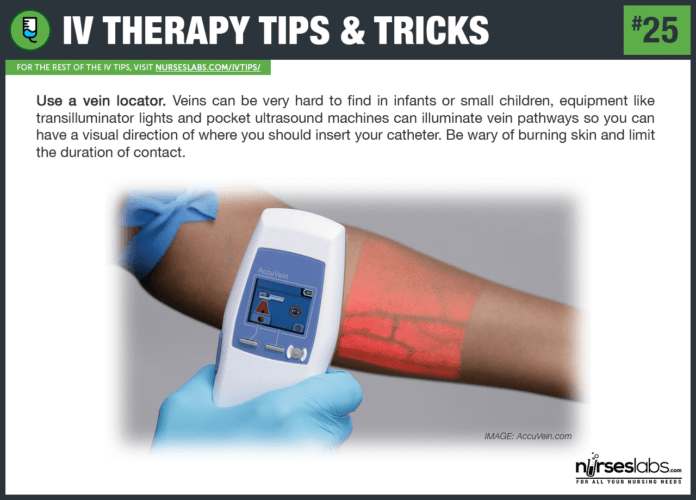 “On the other hand, a student coming to therapy to decide whether or not to take a semester abroad may find therapy expendable,” she explains.
“On the other hand, a student coming to therapy to decide whether or not to take a semester abroad may find therapy expendable,” she explains.
How much does therapy cost out of pocket?
Fees can range from free to hundreds of dollars per session, Howes says. High-end private practice therapists with doctoral degrees in urban areas often charge more, she says. Community clinics, rural area therapists, and therapists with a master’s degree tend to charge less. “The rate depends on the level of training, the areas of expertise, and the setting in which therapy is provided,” says Howes.
A Los Angeles private practice therapist with a doctoral degree may see clients for $200 or more per session, while local community clinics may see clients for around $50 per session. And, Howes adds, clinics staffed by supervised graduate students may see their clients for a smaller fee.
How do I get completely free therapy?
Check to see if there are any mental health clinics in your area that offer a “sliding fee” scale, Ruddy advises.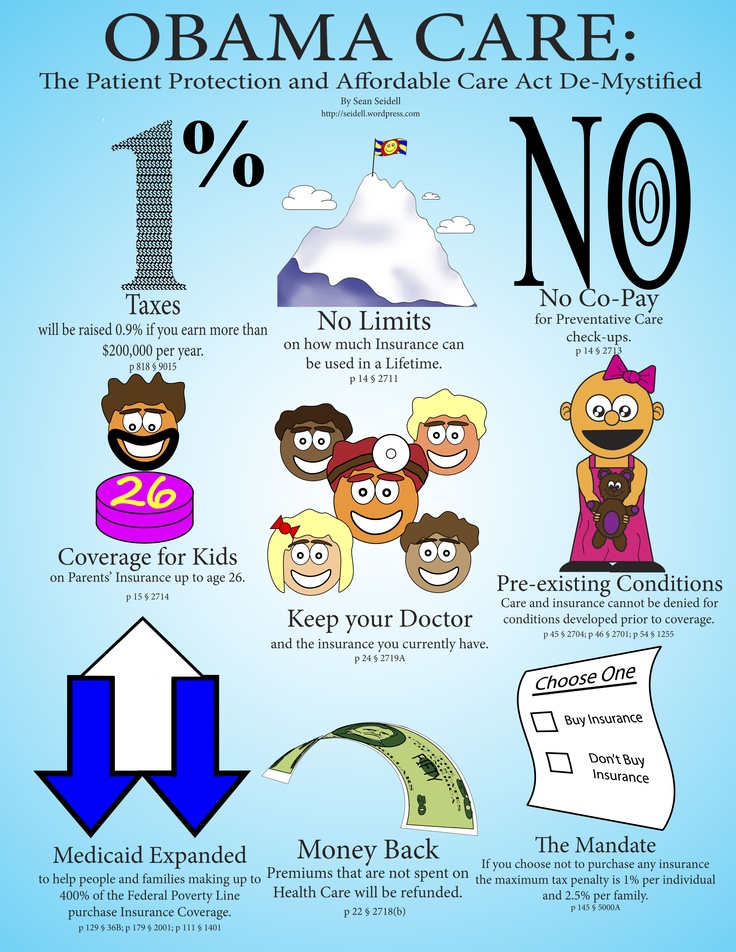
A “sliding fee” scale is a pay scale based on your ability to pay. “Typically, these clinics are publicly funded,” Ruddy says. Many counties have a county mental health service, she explains, so consider asking your local public health authority about this. If there is a college or university in your area that trains mental health professionals, they may have a training clinic that offers reduced-fee services. “While you would most likely work with a student therapist, they would be receiving supervision from a licensed clinician,” Ruddy explains.
What do I do if I can't afford therapy?
Look for clinics that offer a sliding fee scale, Ruddy says. Some people find peer support groups helpful, and some healthcare systems offer peer support programs that are free or nearly free. “Some people find mental health apps helpful, too,” Ruddy says. “Some of these apps have a specific target issue, like depression, or anxiety. Others are more akin to a psychotherapy chat box.”
Some individuals find free groups run through churches and community centers, Howes explains. Or you can reach out to the Substance Abuse and Mental Health Services Administration (SAMHSA) or the National Alliance on Mental Illness (NAMI) to find additional resources in your community, Howes says. 1,2
Or you can reach out to the Substance Abuse and Mental Health Services Administration (SAMHSA) or the National Alliance on Mental Illness (NAMI) to find additional resources in your community, Howes says. 1,2
Are therapists worth it?
This is a very individual decision, Ruddy explains. Bear in mind that it can take some time to see the benefits of therapy. “The real question is how much mental health is worth to you,” Howes says. “If achieving a deeper understanding of yourself, gaining control of thoughts and behaviors, and learning to navigate relationships is of value to you, then therapy may be a worthwhile investment to make in yourself.” Howes says that not every therapist will be a good fit for every client. “Shop around when you’re getting started to make sure you feel a good connection to the therapist,” she says. “If you are invested in making changes in your life, and you feel like your therapist will be a helpful part of that journey, then therapy is one of the best investments you will ever make. ”
”
- Substance Abuse and Mental Health Services Administration. National Helpline: 1-800-662-HELP. Available at: https://www.samhsa.gov/find-help/national-helpline. Last page update September 21, 2021. Accessed October 29, 2021.
- National Alliance on Mental Illness (NAMI) Helpline. Available at: https://nami.org/help. Accessed October 29, 2021.
Notes: This article was originally published October 28, 2021 and most recently updated February 1, 2022.
Detensor therapy method | Clinical Rheumatology Hospital №25
Detensor therapy method | Clinical Rheumatology Hospital №25In our hospital you can undergo Detensor Therapy
Detensor Therapy is a method of gentle stretching and unloading of the spine. Detensor therapy is used to correct disorders in the spine, eliminate pain, improve metabolic processes in the intervertebral discs, and improve the functioning of internal organs.
Spinal traction occurs in conditions of relaxation in combination with the functional position of the spine while maintaining its physiological curves. This is achieved thanks to the special design of the traction system.
This is achieved thanks to the special design of the traction system.
Indications for detensor therapy:
- acute and chronic diseases of the spine;
- protrusions and hernias of intervertebral discs;
- osteochondrosis, sciatica, scoliosis;
- compression fractures, rehabilitation after traumatic injuries;
- headaches and migraines due to diseases of the spine;
- chronic respiratory diseases.
For inpatients and outpatients, the appointment of detenzor therapy is carried out by a physiotherapist during consultation with the treatment agreed with the attending physician of the hospital or a consultant physician.
Find:
Clinical Rheumatology Hospital No. 25 St. Petersburg (vk.com)
Accessible environment
Single portal
Attention!
Rules for receiving transfers for patients (strictly specified hours):
Monday-Friday : from 16:00 to 19:00; Saturday-Sunday : from 10:00 to 12:00 and from 16:00 to 19:00.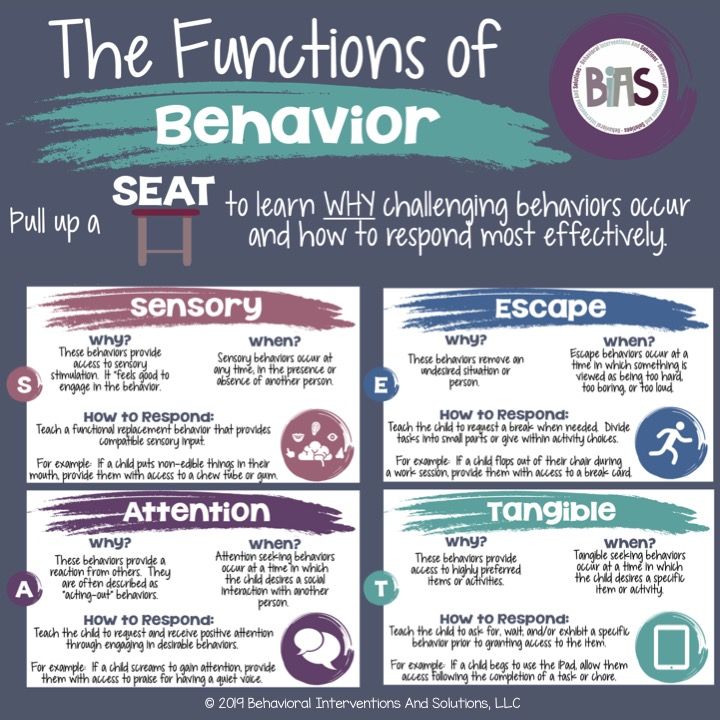 Transfers are accepted in a cellophane bag. The package with the transfer must indicate the name of the patient to whom it is intended, department, room number, date.
Transfers are accepted in a cellophane bag. The package with the transfer must indicate the name of the patient to whom it is intended, department, room number, date.
SanPiN 2.3/2.4.3590-20 "Sanitary and epidemiological requirements for public catering"
SanPiN 2.3.2.1324-03 "Hygienic requirements for the shelf life and storage conditions of food products"
Administration of St. Petersburg GBUZ "KRB No. 25"
Paid Services Department Phone
670-30-80
Mon-Fri from 09:00 to 17:00
Time of blood sampling in the department of paid services Mon-Thu from 09:30 to 14:00
Friday from 09:30 to 13:00.
It is possible to conduct a survey for one visit . It is necessary to pre-register by calling the department of paid services
Announcement!
Specialists
Departments
Our services
We treat
A timely visit to a rheumatologist contributes to a more rapid decrease in the activity of the disease, reduces the likelihood of complications and increases the possibility of maintaining working capacity.
You asked...
Visually impaired version
Hospital
Information about the personal data of the authors of applications sent electronically is stored and processed in compliance with the requirements of the Russian legislation on personal data. Read more...
The Administration of the Governor of St. Petersburg is conducting a comprehensive survey of the business community in order to assess the conditions for doing business in St. Petersburg and determine areas for improving the work of the executive authorities. Read more…
Diagnostics
Services
In the Clinical Rheumatology Hospital No. 25 you can get medical care on a paid basis Read more…
Why in the 21st century you should stop being afraid of an HIV diagnosis
April 21, 2021, 17:13
Partner material
Almost 40 years have passed since scientists discovered the human immunodeficiency virus in 1983.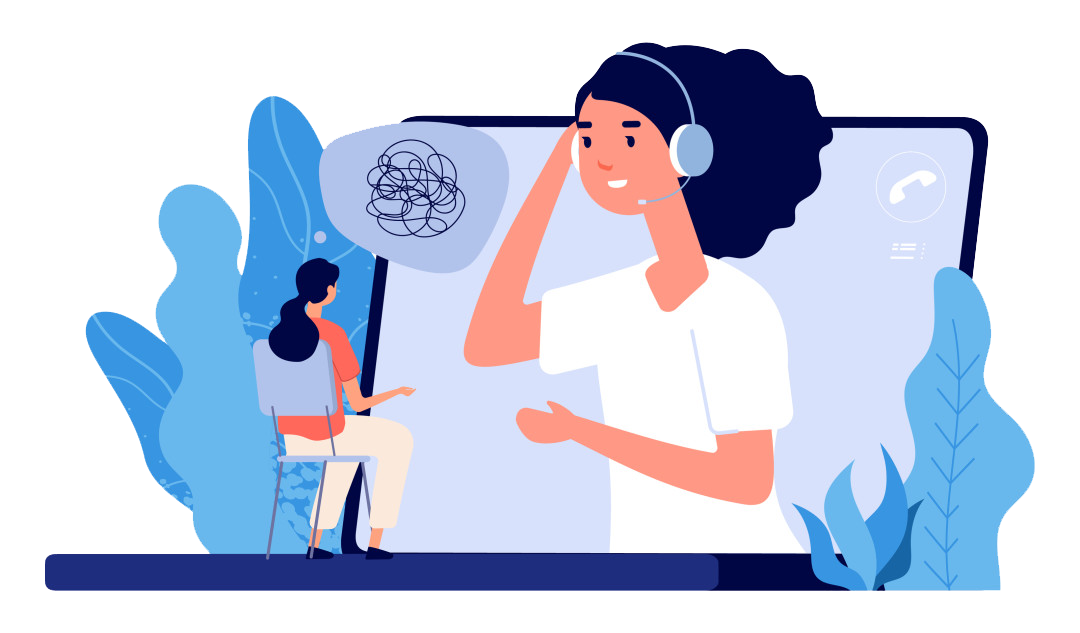 Today, the diagnosis of “HIV infection” is not a sentence, but thanks to the discovery of highly active antiretroviral therapy, the disease itself has become controlled.
Today, the diagnosis of “HIV infection” is not a sentence, but thanks to the discovery of highly active antiretroviral therapy, the disease itself has become controlled.
However, the fears and prejudices associated with HIV and its terminal stage, AIDS, are still alive today. The reason is the lack of knowledge. This is what leads to the fact that people who have received a positive test perceive the diagnosis tragically, and society stigmatizes HIV-infected people. In the TASS material - about the history of the virus, the search for drugs and dangerous myths.
The story of a virus
A terrible virus that came from monkeys was actively discussed in the 80s of the last century. It is assumed that he appeared in the Congo back in the 60s, and then spread from the African continent to America and went around the world. In the early 80s, when the first cases became known, no one understood what was happening to people and how to treat them.
In 1981, the first scientific article describing AIDS was published, and in 1983, scientists from two countries - from the Pasteur Institute in France and the National Cancer Institute in the USA - independently discovered the human immunodeficiency virus that causes acquired immunodeficiency syndrome (AIDS).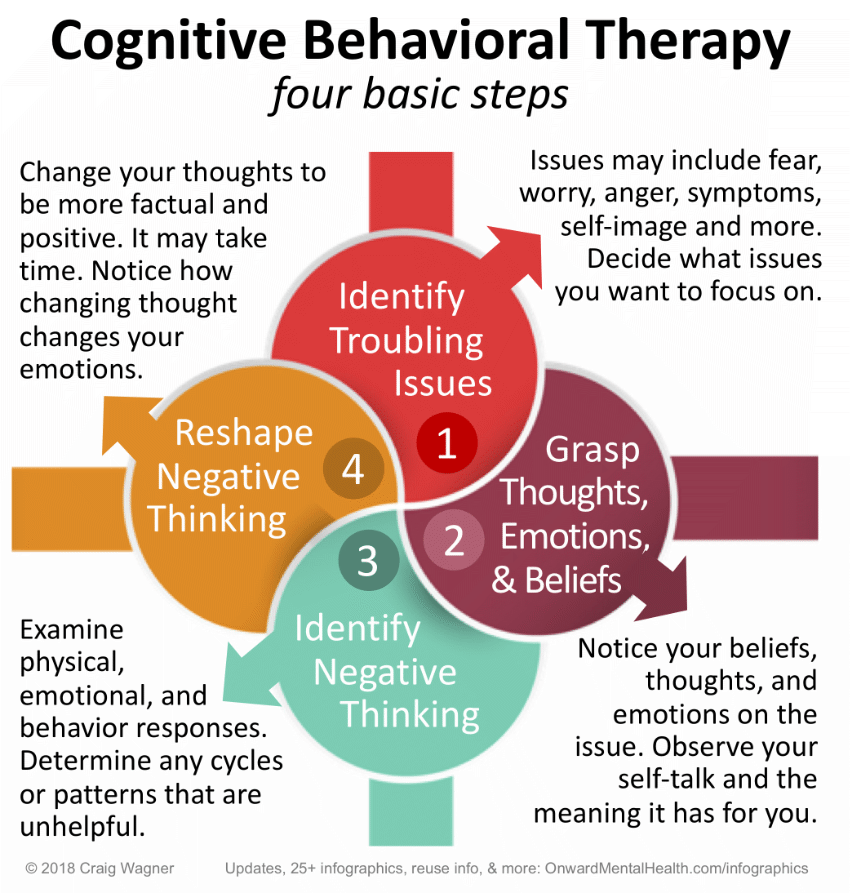 ). Already in 1985, the first licensed HIV test appeared. Soviet people were among the last to learn about AIDS: the first case of the disease was registered in the USSR in 1986.
). Already in 1985, the first licensed HIV test appeared. Soviet people were among the last to learn about AIDS: the first case of the disease was registered in the USSR in 1986.
The virus was rapidly spreading across the planet: already by 19In 1991, ten million people were diagnosed with it, and by the beginning of the 21st century, AIDS had claimed the lives of 21.8 million people.
Scientists have found that HIV is a retrovirus that infects the cells of the immune system and makes the body vulnerable to external agents attacking the immune system. The immunodeficiency that develops as a result of HIV infection puts a person at increased risk for a number of diseases that a healthy immune system can fight off. HIV-infected people get TB 100 times more often than healthy people. In addition, they are more likely to develop oncology and opportunistic infections - diseases caused by opportunistic viruses, bacteria or protozoa. These include, for example, herpes, candidiasis, and human papillomavirus.
For many years, information about the deadly danger of the disease caused panic and generated myths. At the same time, the obvious danger of the disease forced scientists around the world to rally and start looking for effective therapy.
Today, with more than 38 million people living with HIV in the world, such therapy exists and is available in many countries. We are talking about antiretroviral therapy (ARVT). And, although a drug for a complete cure for the virus has not yet been invented, thanks to modern drugs, the disease has become completely controllable. An HIV-positive person, taking drugs prescribed by a doctor, lives a normal life.
The road to one pill
The road to effective drugs has not been easy. At first, as in the case of the COVID-19 pandemic, scientists tried to use those medicines that already existed on the market. Then hopes were pinned on an anticancer drug, but they did not come true.
The era of antiretroviral therapy began with the registration in 1987 of a new drug.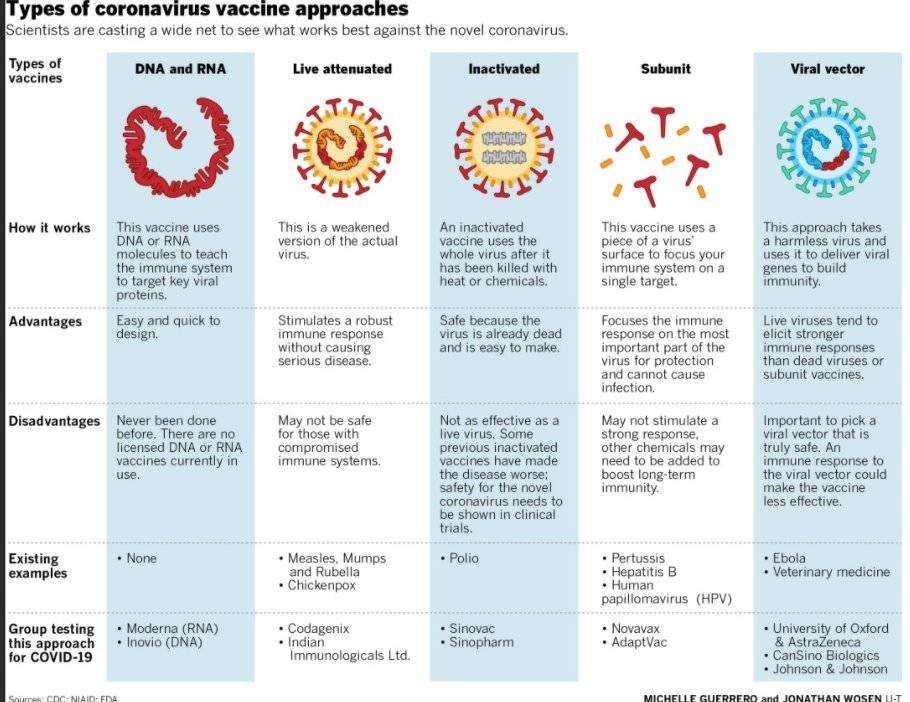 For many years it was included in the clinical guidelines for the treatment of patients, but over time it became clear that the virus is able to spontaneously mutate in the body and quickly acquire resistance to the drug.
For many years it was included in the clinical guidelines for the treatment of patients, but over time it became clear that the virus is able to spontaneously mutate in the body and quickly acquire resistance to the drug.
The search for effective therapy continued. In the early 1990s, it was realized that one pill was not enough to treat this disease: scientists began to develop combinations of various drugs. New drugs from the group of nucleoside reverse transcriptase inhibitors (NRTIs) have appeared. These antiretroviral drugs are structurally similar to the organic compounds that make up ribonucleic acid (RNA) and deoxyribonucleic acid (DNA) - they can competitively block a specific HIV enzyme and slow down the synthesis of viral DNA.
The fact is that all the genes of this virus are stored in RNA, and in humans - in DNA. Therefore, in order to reproduce, a virus must rewrite its genes from one format to another using reverse transcriptase. Drugs from the NRTI group interfere with this process: they do not allow the virus to transfer genes from RNA to DNA.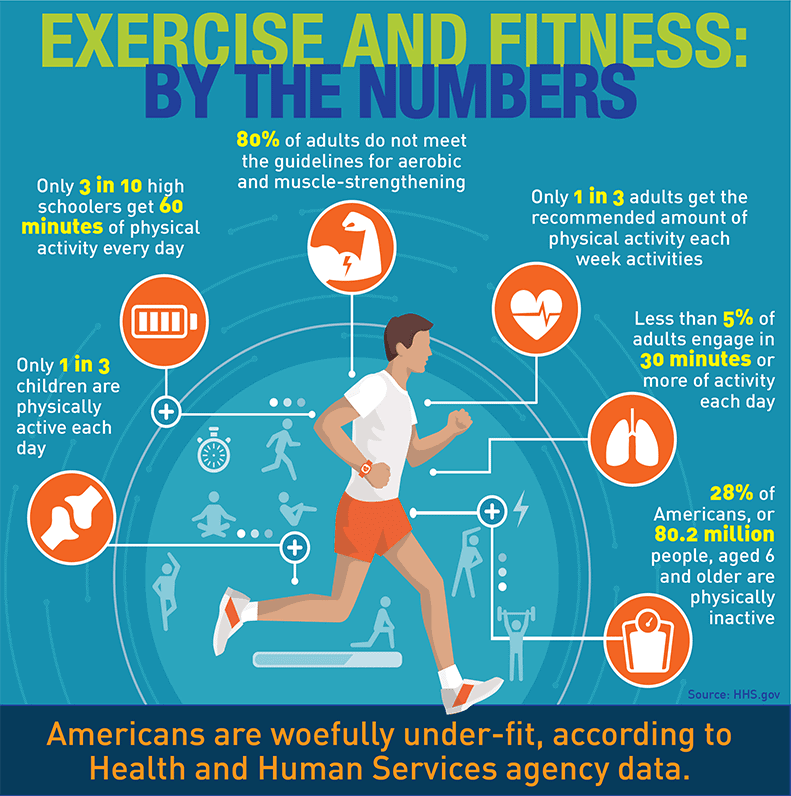
© TASS
However, in 1993, at the international conference on AIDS, scientists announced the data of the study, according to which the combination of drugs of this group alone does not give a long-term effect. Around the same time, a new group of drugs began to be used - protease inhibitors, acting on another enzyme of the virus. And at 19In 1996, another class of antiretroviral drugs appeared - non-nucleoside reverse transcriptase inhibitors (NNRTIs). Like NRTIs, drugs of this class block the enzyme of the virus, interfering with the construction of HIV RNA, that is, the reproduction of the virus.
Scientists have found that the combination of drugs from several groups of drugs stops the reproduction of the virus in the body, because the drugs affect different enzymes of the virus, blocking its reproduction at different stages.
This discovery formed the basis of a new three-component therapy for HIV infection, developed in 1996 year. It still remains the basis of most known ART regimens. It includes two NRTI drugs and a third one that differs in its action.
It includes two NRTI drugs and a third one that differs in its action.
Since 1997, HIV has become a controlled chronic infection, and people who receive medication no longer die of AIDS. The viral load in people taking antiretroviral therapy is reduced to undetectable levels, they can create families with HIV-negative partners, give birth to healthy children, which was unimaginable back in the 80s. And now a new goal has emerged in the treatment of such patients: to provide people living with HIV with the most convenient drugs that will not affect their lives, will reduce the risk of developing resistance (resistance to therapy) and the occurrence of side effects to a minimum.
Every year there are more and more new drugs and even new groups of drugs, the toxicity of therapy is constantly decreasing. So, in 2007, another new class of drugs appeared - integrase inhibitors, which block the introduction of HIV into the DNA of the host cell. There are currently five different drugs in this class.
Another major advance in pharmaceuticals has been the development of two-in-one or three-in-one preparations that combine drugs from different groups. In 2006, the first combination drug entered the market, which contains a three-component regimen in one tablet. Today there are about 30 such combined drugs on the market.
These medicines are effective for several reasons. First of all, such a scheme is much more convenient: a person drinks only one tablet a day and can choose a time that is comfortable for him, there is no need to adjust the whole day to the therapy schedule. In addition, the risk of forgetting to take one pill is much lower, and the percentage of patients who adhere to treatment is higher. When a person takes several pills several times a day, there is always a chance of accidentally missing one of the drugs in the regimen or missing therapy completely, and this increases the risk of developing drug resistance.
Another important point: the half-life of the drug from the body in the case of “one tablet once a day” regimens is longer, so even if a person for some reason cannot take the drug, then the next day he will have a sufficient concentration of active drug substances in the body to maintain adherence.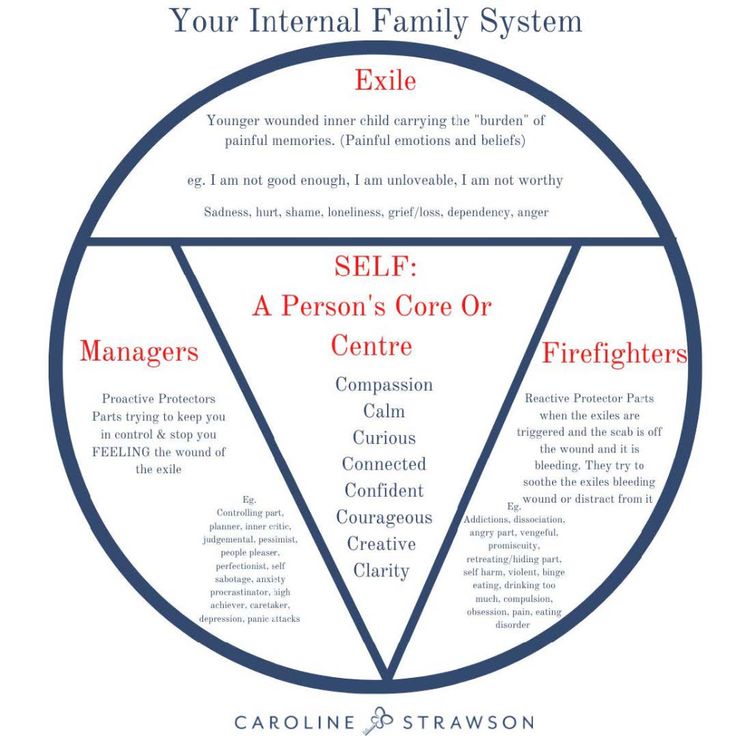 And, of course, most new drugs cause fewer side effects.
And, of course, most new drugs cause fewer side effects.
By 2014, large-scale use of ART prevented about 7.8 million deaths. Treatment tactics are also changing: if at first doctors prescribed therapy for patients with a high viral load, now, according to the new WHO clinical recommendations, everyone should receive treatment as soon as possible after the diagnosis of HIV infection.
At the present stage, medicine faces new challenges: to achieve complete freedom from the virus. In addition, the global medical community is waiting for the appearance of the first long-acting injection therapy drugs. Their development began in the 2010s. They will allow you to replace the daily intake of pills with an injection of the drug once every two months, which will further simplify the treatment.
Modern ART consists of a single combination drug or several monodrugs. In Russia, multicomponent therapy is more often prescribed. Combined drugs are mainly given to children, as well as patients who have difficulties with taking therapy or resistance to schemes consisting of monodrugs.
True or False
Faced with a diagnosis for the first time, people look for information on the Internet and find unverified and outdated data, and sometimes outright lies. The HIV dissident movement spreads the word about the futility of treatment: in their opinion, therapy leads to health problems and even death.
The problem is that there is not much information available about highly active antiretroviral therapy or it is written in complex scientific language. As a result, people still believe the myths associated with HIV and ART. On closer inspection, these myths are easy to debunk.
1. HIV-positive people cannot have relationships with HIV-negative people because they can infect loved ones.
Sometimes people are afraid to approach an HIV-positive person, to hug him. In fact, HIV is not spread by airborne droplets and through common household items. The human immunodeficiency virus is transmitted exclusively through blood, semen, mother's breast milk and other body fluids.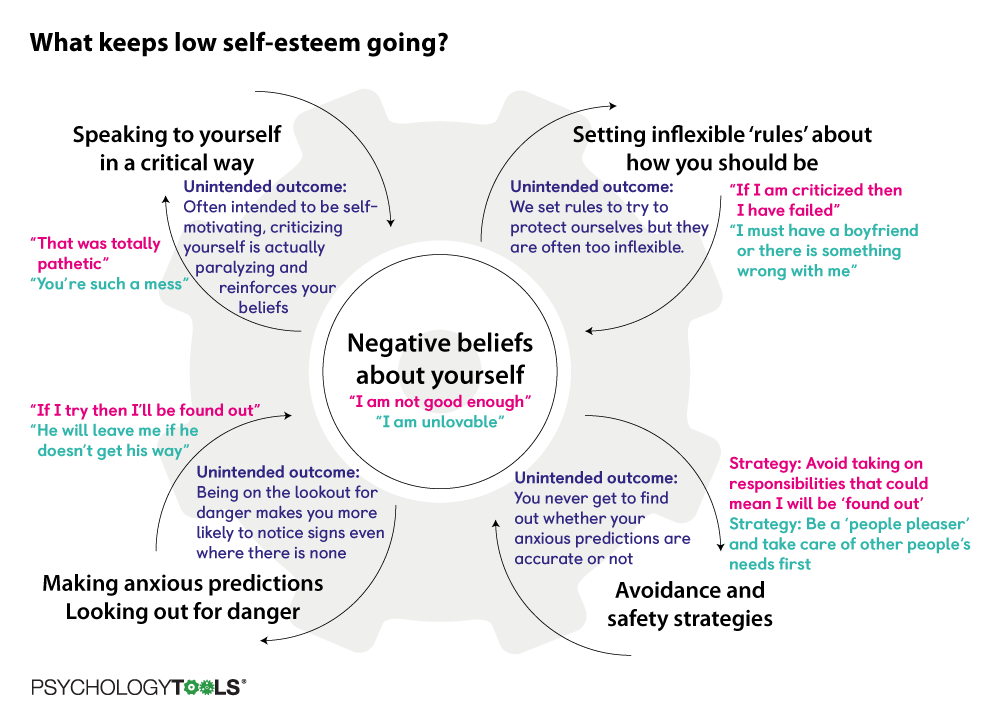 When exposed to oxygen, the virus dies.
When exposed to oxygen, the virus dies.
At the same time, if an HIV-infected person takes the prescribed medications correctly, when an undetectable viral load is reached, he will not infect a partner even during unprotected sex. It is sometimes possible to achieve complete undetectable virus in two weeks of therapy, but it is believed that a person does not transmit HIV until six months after the first test with an undetectable load. However, even in this case, you should not give up barrier contraceptives: they protect against many other diseases.
2. HIV positive cannot have children.
Many HIV positive couples today have healthy children. According to statistics, if an HIV-positive woman follows the recommendations of doctors during pregnancy, the chances of giving birth to a healthy baby are 98-99%. In the absence of antiviral prophylaxis in a pregnant woman during childbirth and during the first period of a child's life, HIV is transmitted in 20-40% of cases. If a pregnant woman is diagnosed with HIV for the first time, she is immediately prescribed antiretroviral drugs to prevent perinatal transmission of the virus: to a woman during pregnancy and childbirth, to a child during the first four weeks of life. In addition, the newborn is transferred to artificial feeding immediately after birth to minimize the risk of infection.
If a pregnant woman is diagnosed with HIV for the first time, she is immediately prescribed antiretroviral drugs to prevent perinatal transmission of the virus: to a woman during pregnancy and childbirth, to a child during the first four weeks of life. In addition, the newborn is transferred to artificial feeding immediately after birth to minimize the risk of infection.
3. People die from HIV.
Today, world medicine considers HIV to be a chronic infection that can be controlled. Experience has shown that, if modern drugs are taken, HIV-positive people live as long as the average person.
People with HIV infection can take antiretroviral drugs and lead normal lives while scientists develop a drug that can stop the virus once and for all.
4. HIV is only spread within traditional risk groups.
The last but most important myth. HIV has moved beyond traditional risk groups - people who inject drugs, members of the LGBT community and sex workers.


